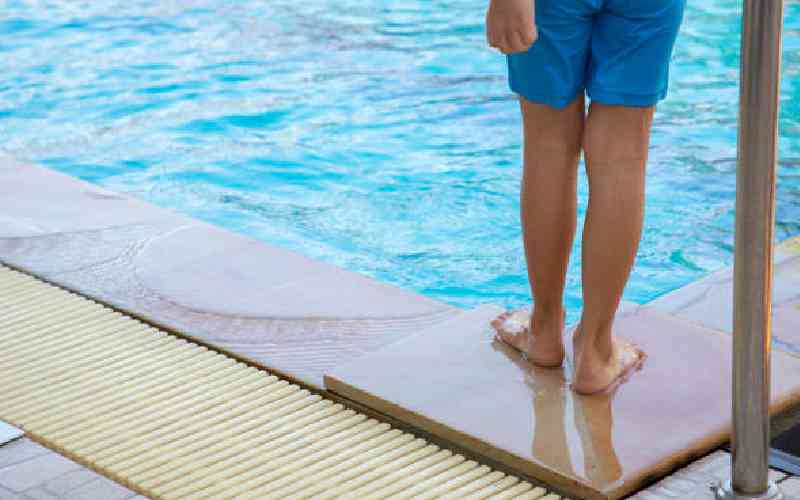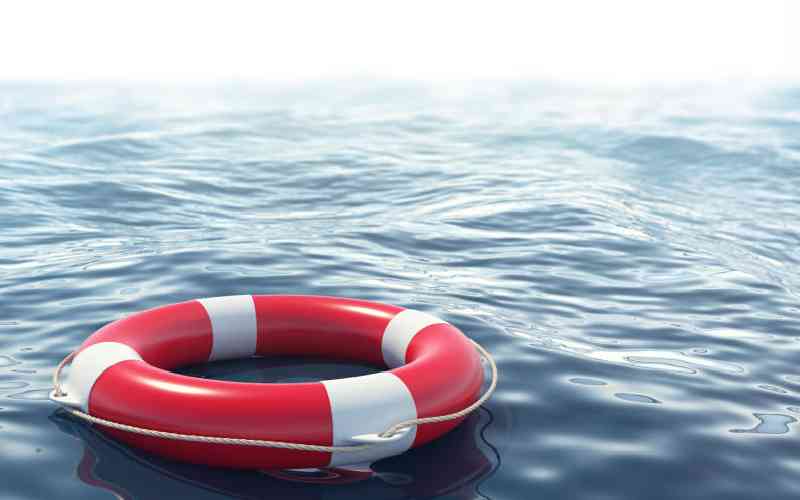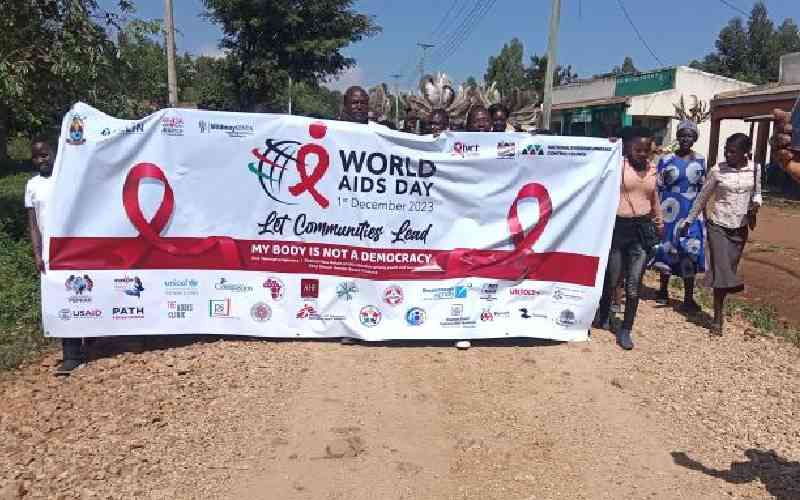
Whenever the topic of water safety and drowning prevention comes up, Mercy’s* heart aches with a pain no parent should endure.
Just a month ago, her vibrant 2-year-old daughter, Joy*, slipped away from supervision in their own home, falling victim to a silent, preventable tragedy.
“It was just another day in our new home,” Mercy recalls, “I was caught up in household chores, and Joy was playing nearby. I thought she was safe.”
She recalls the moment of realisation that changed everything.
“After about 20 minutes, I suddenly thought, ‘Where’s Joy?’ I asked our house help, but she hadn’t seen her either. We started searching, thinking we’d find her quickly,” Mercy narrates
As minutes passed, panic set in. “We searched every room, calling her name. I remember looking out at our swimming pool from the living room window, but I didn’t see anything unusual,” she adds.
The search became frantic. “Every second felt like an eternity,” Mercy says. “My body was shaking uncontrollably. I’d never felt such terror.”
Then came the moment that would haunt Mercy forever.
“Suddenly, I heard my house help’s horrific scream from the backyard. She had found Joy in the pool, lifeless. I ran out, my heart pounding. I kept repeating, ‘No, no, no! Please God, take me instead!’”
They rushed Joy to the hospital, where they worked desperately to revive her.

“The pain was... is... indescribable,” Mercy says. “It’s an emptiness that physically hurts. No parent ever thinks they’ll outlive their child. It’s not the natural order of things.”
Mercy struggles with guilt and “what-ifs”. “We think Joy got out through the kitchen back door. I replay different scenarios in my head, imagining all the ways this could have been prevented.” She wishes she had known more about water safety. “I had no idea drowning was the leading cause of accidental death for children Joy’s age. If I had known then what I know now, maybe she’d still be here.
Joy’s story is a stark reminder of a global crisis that claims far too many young lives.
According to the World Health Organization (WHO), drowning is a leading cause of death for children and young adults aged 1-24 worldwide.
The statistics are alarming, over 2.5 million lives lost in the past decade, with an average of 236,000 drowning deaths each year - equivalent to 650 deaths every day, or 26 every hour.
The United Nations Children’s Fund (UNICEF) reports that children under 5 are at the highest risk, with drowning being one of the top five causes of death for children aged 1-14 in 48 countries.
Jacqueline Wairimu Macharia, a swimming coach with the Kenya Swimming Teachers and Coaches Association, emphasises the critical importance of water safety education.

“Formal swimming lessons have been reported to potentially reduce drowning by up to 88 per cent among young children,” she says.
Macharia highlights the evolution of water safety education in recent years.
“The current emphasis has shifted from just swimming proficiency to increased water safety education in the community, especially for children,” she explains.
This approach includes understanding water currents, recognising safe swimming areas, and emphasising responsible adult supervision.
Mercy’s experience underscores the silent nature of drowning, a misconception Macharia is working to correct.
“I always thought there would be splashing or waving for help,” Mercy says. “I felt we would be right there to pull her out quickly if she ever slipped in. That thought really shows the lack of awareness surrounding these accidents.”
The swimming coach stresses the importance of thorough safety measures, including removing temptations like pool floats when the pool is not in use.
She further maintains the need for schools to contribute to drowning prevention education through infrastructure improvements, emergency preparedness training, awareness campaigns, and collaborations with swimming organisations.
The WHO recommends six evidence-based, low-cost interventions to reduce drowning risk: Providing safe places away from water for preschool children, training bystanders in safe rescue and resuscitation, installing barriers controlling access to water, building resilience and managing flood risks, teaching school-age children swimming and water safety skills, setting and enforcing safe boating, shipping, and ferry regulations.
In 2021, the UN General Assembly took a significant step by establishing World Drowning Prevention Day, recognising the devastating impact of drowning, particularly in low- and middle-income countries. This was followed by the World Health Assembly’s first-ever resolution on drowning prevention in May 2023, calling for accelerated efforts through 2029.
As Mercy grapples with her loss, she hopes her story will serve as a wake-up call to other parents.
“In the same way that we ensure our babies sleep on their backs with no pillows or blankets in the crib, we should make pool safety a priority, not an afterthought,” she says.
Macharia echoes this sentiment, calling for a societal shift in how we approach water safety.
“We need to move beyond just teaching swimming to creating a culture of water safety,” she says. “This includes educating parents, training more lifeguards, and making water safety a fundamental part of our education system.”
Through collective effort and commitment to water safety, we can hope to see a future where no parent has to endure the pain of losing a child to drowning.
 The Standard Group Plc is a multi-media organization with investments in media platforms spanning newspaper print
operations, television, radio broadcasting, digital and online services. The Standard Group is recognized as a
leading multi-media house in Kenya with a key influence in matters of national and international interest.
The Standard Group Plc is a multi-media organization with investments in media platforms spanning newspaper print
operations, television, radio broadcasting, digital and online services. The Standard Group is recognized as a
leading multi-media house in Kenya with a key influence in matters of national and international interest.











